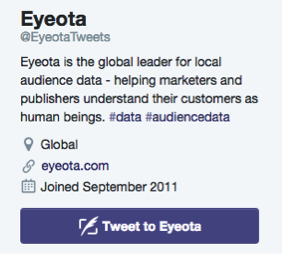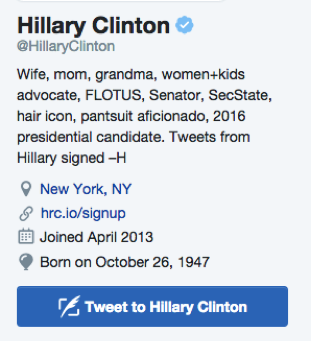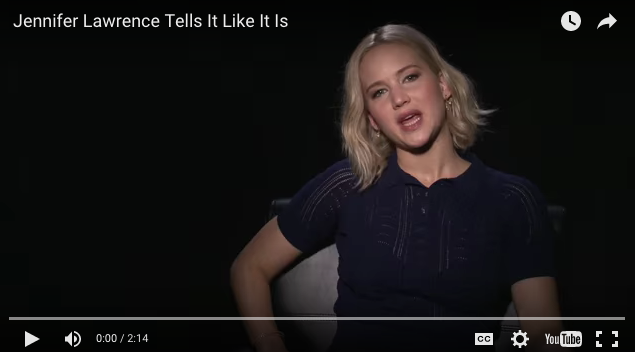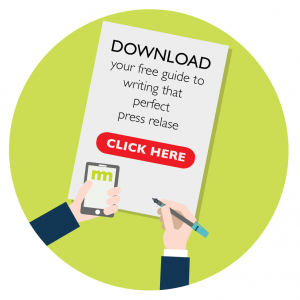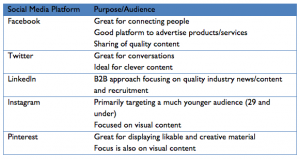You have a great idea but can’t put it into words. So, you hire a content marketing professional to package all those thoughts and visions into something easily digestible to potential clients.
The thing about content marketers, is that we are wizards of words and want to read your mind too, but we can’t. At times, hours can be spent going back and forth on a piece of content because a brief wasn’t clear enough. This can cost a client and agency money, and an extra $2 for the panadol required for the headache.
To save time, here are some questions we need the answers to, in order to write the content you want.
Why do you need this? There is nothing worse than someone reading your material and going — What is the point of this? A good digital content marketer front loads your key messages because they know how impatient people are while reading online. Without your goals for the content campaign, we will be writing aimlessly.
A client should make clear what the piece of this content is beyond pure lead generation (education? entertainment?), and the piece should be part of that client’s overall content strategy.
What’s the tone? If you have the time, speak to your writer on the phone so they can have a feel for your attitude towards the topic and ghostwrite the article to sound like you.
If not, share with them an article online where you liked the tone, and show them examples of what they define as “professional, friendly, authoritative” because those descriptions can mean different things to different people.
What’s the length? If you don’t tell us, we’re going to make it a standard 600 word post. This is about the longest a post can go before people stop losing interest – this is the average, not a rule. If for some reason you would like the next great American novel published, let us know a word count. Tip: An A4 piece of paper is about 400 words.
What’s the context? Let the content writer know the other blogs you’ve done or the ones you want moving forward, that way, the article can fit seamlessly with the others. Without context, especially with a freelancer, it will look obvious your article is outsourced.
Before getting your words of wisdom out on paper, make sure you have all the information required to have an effective piece of company branding.
Give an example. To make your brief sharper than the fangs of a saber-tooth tiger, link to a similar blog, thought leadership article, website content that you thought was really well done so we have more of an idea of what you’re looking for.
Need help with your content? Contact us at [email protected].





